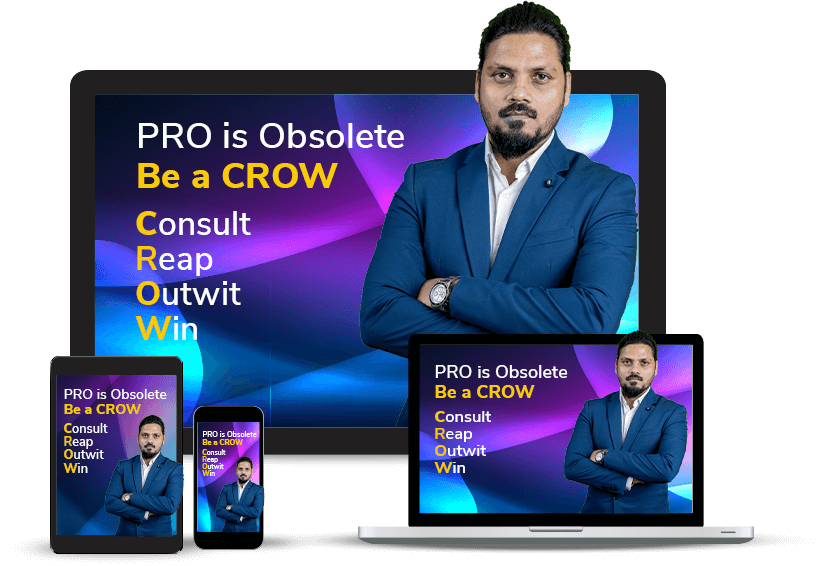
5 Ways to Ensure Your Business Brand Is Perceived the Way You Want It
What do your customers think of your brand? Is your brand’s equity increasing? These are just two of the questions you must be able to answer about your brand, and in order to do so, you must conduct business brand research. You can’t measure the performance of your brand unless you know what people think about it.
Consider Coca-Cola, which owns the beverage market’s term “happiness”. A 2013 study published in the journal Circulation found that drinking one sugary drink per day increased the risk of type 2 diabetes by 25%. However, the Coca-Cola brand is so strong that the study was only a passing blip in consumers’ minds. The brand is as strong as ever today.
Most people think of market research when they think of conducting business brand research for their product or service. They want to learn about their competition, where they can position themselves, and how they can profit the most.
Isn’t that fantastic? Yes, indeed. We believe strongly in the value of market research as a tool for growing your business. However, we also know that it does not provide the entire picture.
There are numerous types of research that are frequently overlooked and forgotten. User research, user experience research, and, what we’ll be focusing on today, brand perception research are just a few examples.
What precisely is brand perception research?
Unlike many other types of research, brand perception focuses on how a user perceives a product, service, and company rather than the product or service itself or the user’s needs.
It considers the brand as a whole: a company’s distinctive design, sign, symbol, words, or a combination of these, used to create an image that identifies a product and distinguishes it from competitors.
As a result, brand perception research focuses on the image you present to your customers and potential customers. This includes, for example, visual design and written voice, as well as assessing their impact.
Why does your business require brand perception research?
The importance of strong, effective branding in business cannot be taken for granted.
As Seth Godin defines brand, “A brand is a set of expectations, memories, stories and relationships that, taken together, account for a consumer’s decision to choose one product or another.”
This definition of brand is very accurate and insightful. It encapsulates what a brand is and why it is so important. Customers choose one brand over another based on their expectations, memories, stories, and relationships. Customers who have positive experiences with a brand are more likely to recommend it to others and continue to use it themselves.
Godin’s definition also emphasises the significance of consistency. Customers should have the same experience with a brand every time they interact with it, whether it’s through the company’s website, making a purchase, or contacting customer service. This consistency is critical for establishing customer trust and loyalty.
This can be explained by brand equity, which is the value derived from a company or product being distinguishable in comparison to a more generic competitor.

Building brand equity, at its most basic, means increasing the likelihood of someone picking up your product or purchasing your service based on recognizability and trust.
And how do you build brand equity? Of course, through brand perception research!
You can truly understand the image you are projecting to the outside world by speaking directly to your customers about how they perceive your brand and branding. As a result, you can get a sense of whether your brand is easily identifiable or needs some work.
A significant advantage of the research is that it allows you to eliminate any assumptions that your brand is built on: While you may believe that a particular colour, tagline, or logo perfectly represents what you do, this is not always the case.
As a result, by speaking with your customers, you will be able to identify the incorrect assumptions that have been built into your design. Essentially, it teaches you how to communicate more effectively with your customers.
But how can you conduct brand perception research?
Who should you be speaking with? Customers and potential customers, in a nutshell.
The longer answer, on the other hand, is speaking with different people to gain different insights. For example, new customers are excellent for determining why people are investing in your brand, whereas lost customers can assist you in determining why people have decided not to invest.
Similarly, speaking with long-term customers will provide you with a solid understanding of who is fully buying into your brand and why, whereas non-customers can help you understand levels of brand recognition with little bias.
Interviews
Interviews are an excellent way to ensure that your company’s brand is perceived correctly. When you give interviews, you have the ability to control the narrative and tell your story in a way that is authentic and consistent with your brand values.

1. Interviews can help you understand how your target audience perceives your brand right now. This data can be used to identify areas where your brand could be improved. For example, if you discover that your customers believe your brand is too expensive, you can use this information to develop strategies to make your brand more affordable.
2. It can assist you in communicating your brand’s identity and values to your intended audience. In an interview, you can help potential customers understand what your brand is all about and why they should care by sharing your story and vision for your business.
3. Interviews can also aid in the development of trust and credibility with your target audience. People are more likely to regard you as an expert in your field and a reliable business partner if they see you being interviewed by a credible source.
4. It can assist you in raising brand awareness and reaching a new audience. When your interviews are posted on popular websites or social media platforms, they can reach a large number of potential customers who were previously unaware of your brand.
Here are a few particular instances of how to use interviews:
- If you are a new business, you can use interviews to introduce yourself to the industry and to potential customers.
- If you are launching a new product or service, you can use interviews to generate buzz and excitement.
- If you have won an award or have been recognized for your achievements, you can use interviews to share your success story.
- If you are an expert in your field, you can use interviews to share your knowledge and insights with others.
- If you are passionate about a cause, you can use interviews to raise awareness and advocate for change.
Surveys
While surveys should not be used for the entire duration of your research, they can be useful for understanding brand perception on a larger scale after your interviews. This will allow you to assess whether the results are representative.

Surveys can help you ensure that your company’s brand is perceived correctly in a variety of ways:
- Measure brand awareness and perception.
Surveys can be used to determine the popularity of your brand and how people perceive it. This data can assist you in determining which aspects of your brand are strong and which require improvement.
- Help you track changes in brand perception over time.
You can track changes in brand perception over time by conducting surveys on a regular basis. This allows you to see the impact of your marketing and branding efforts and identify potential issues early on.
- Provide insights into customer needs and preferences.
Surveys can also be used to learn about customer needs and preferences. This data can help you improve your products and services, create more effective marketing campaigns, and create a more customer-centric brand experience.
- Help you identify brand ambassadors.
Brand ambassadors can also be identified using surveys. These are customers who are devoted to your brand and eager to spread the word about it. You can reach a larger audience by identifying brand ambassadors and creating a stronger community around your brand.
Here are a few specific instances of how surveys can be used:
- Ask customers about their overall experience with your brand.
- Ask customers about their specific needs and preferences.
- Ask customers about their brand associations. What words or phrases come to mind when they think of your brand? What other brands do they associate with your brand?
- Ask customers how they would describe your brand to others.
Using your brand perception research for happier customers and larger profits
Brand perception research is frequently viewed as a checkbox exercise, but it is actually a valuable investment in the future of your brand. Understanding how customers perceive your brand allows you to make changes that will enhance their experience and increase loyalty.
- Approach the process with an open mind. Be willing to change your branding based on the information you learn.
- Iterate your branding materials based on your research. Even the most powerful brands can be improved.
- Commit to ongoing, in-depth research on brand perception. This will aid in the growth of your brand equity and provide your company with a competitive advantage.
5 Ways to Ensure Your Business Brand Is Perceived the Way You Want It
Now that you understand the importance of this type of research and how to conduct it! Here are the 5 key takeaways:
1. Talk to different people to get different perspectives on your brand
Determine whether you should conduct research on new customers, non-customers, or lost customers to obtain the information you require.
2. Begin by examining current customer perceptions
Begin your investigation by learning what your interviewees already think about your brand. This will provide you with a starting point for measuring progress!
3. Focus on individual branding elements
Once you’ve established a general idea of what your interviewees think of your brand, examine your various pieces of brand collateral to determine why they feel that way.
4. Interview candidates in an impartial environment
You can help prevent any unintentional biases by conducting your research in a place that isn’t highly branded and definitely not your office.
5. Remain flexible
It’s not worth it to do brand perception research if you’re not open to taking the lessons learned from it and changing your branding.
Still Need Help? Contact your dedicated business coach Ajay Prakash, if you want to learn more about your business brand, brand perception, brand perception research, and conducting brand perception research.



















